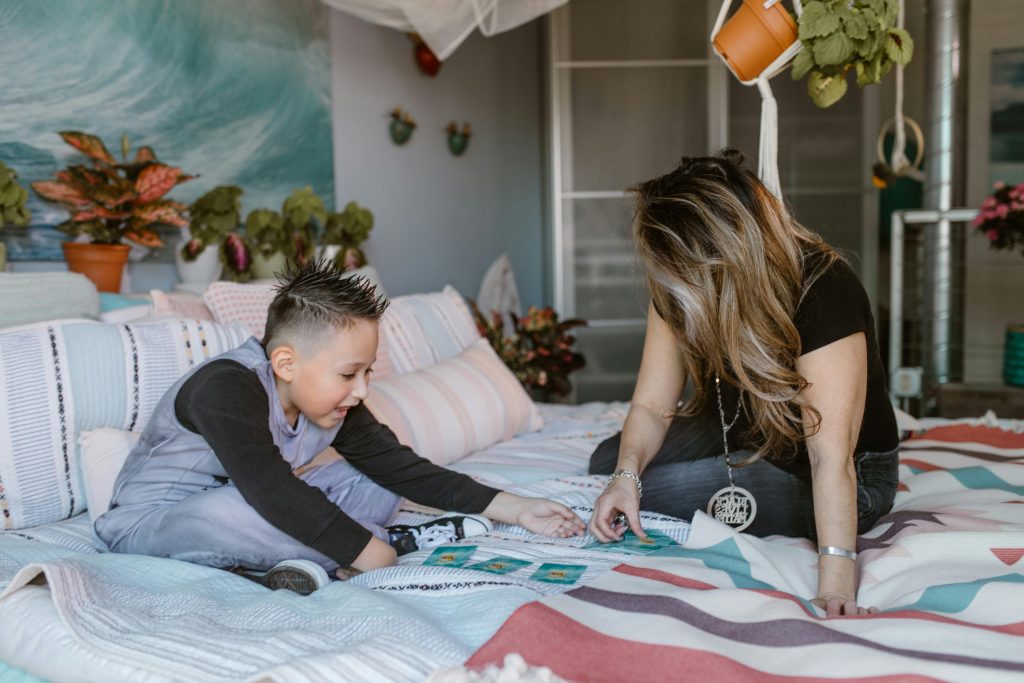
Have you ever wondered what routine represents in your child’s life?
In autism, routines are necessary and vital if what we are looking for the emotional stability and development of the child.
One of the things that ABA Therapy promotes is the establishment of routines in the environment in which the child develops (school, therapy center, home).
Rudolf Dreikur said: “The daily routine is for children what the walls are for a house, it gives borders and dimension to life. No child feels comfortable in a situation in which they do not know what to expect. Routine gives a sense of security. The established routine gives a sense of order from which freedom is born”
YOUR PARTICIPATION IS ESSENTIAL!
The parents-therapeutic team pairing is absolutely necessary for the proper evolution of children with autism, this must function as a firm foundation and this is achieved with the active participation of parents committed to continuing the recommendations of the therapeutic team at home and other environments or natural contexts in which the child develops.
The establishment of routines should be seen as support.
A therapeutic resource always aimed at favoring the generalization of learning without forgetting to relax the cognitive rigidity that characterizes children diagnosed with ASD.
Start effectively implementing routines at home!
These 3 factors will strengthen the autonomy and learning of your Superkiddos through the application of routines:
3 simple tips to start implementing routines at home
1. Preparation of the environment
This implies structuring the place where the routine is going to start. Take into account motor and coordination, sensory and communication aspects.
You can make the environment predictable through scripts, pictograms, songs and/or any other support material. This will allow the Kiddos to be more secure and understand what is expected of them.
Find some tips to create a successful environment for your child here.

2. Explain them the why of that activity
It’s important to provide accurate information on the meaning and purpose of the activities.
We have to explain to our child the context that surrounds an activity with special emphasis on understanding why we carry it out.
In this step, you can also use visual supports, like pictograms, drawings, crafts, etc.
3. Remember: you are their learning model!
To achieve an effective process it’s important being constant in the learning that you want to transmit and being a model and example for them, interacting with kindness and affection.
Establishing routines at home will allow your children to anticipate what is going to happen each day. Anticipation is extremely important for children with ASD because it will allow them to reduce the feeling of insecurity and nervousness they have when facing something new.
Keep in mind that routines take time for establishment.
Both you and your child will need initial learning, which once acquired will facilitate the achievement of the daily sequences that take place in the lives of our children. Don’t forget: the keys are patience and perseverance.
If you need support to create or implement routines at home, CONTACT US! We are here to help 🙂
Together, we make it better!